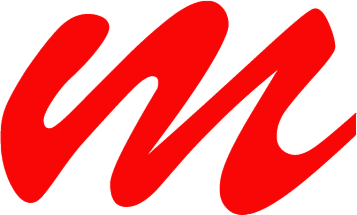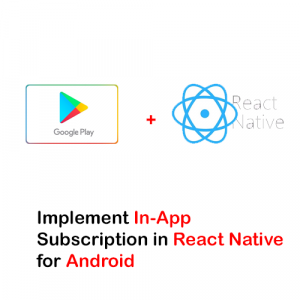I have divided the flow of learning web development for absolute beginners as follows:
- Basic Technologies
- Advance Technologies
- Deployment
Let`s talk about the basic Technologies; these are mandatory to learn to be a web developer. First, you need to learn the basics of programming, which I call the ABC of programming. In the basics of programming, you will learn about the variables, if statements, loops, arrays, functions, and much more.
Once we understand these concepts, it is time to move to the first language of web development, which is HTML. HTML builds the structure of websites and helps you organize the content of a website.
When your site structure is ready, then it’s time to decorate it with the help of CSS (Cascading style sheet). CSS decorates and designs your site, and it looks in a proper website shape.
Now, your site structure is ready, and it is already decorated. but it cannot interact with anyone, and it cannot perform any tasks.
Now, to make your website do something, we have two ways:
- Frontend
- Backend
Frontend functionality includes many things, some of which I am quoting here, like form validations, generating or rendering dynamic content, creating cookies, or, let’s suppose, creating add-to-cart functionality where data is not saved on the server but on the user browser, and adding animations to your website. This is all done with the help of JavaScript and JQuery.
But in order to save the user data or the state of the website permanently, we need two things:
- Database to store data
- Backend language (Server side language)
A database is needed to store data. We need SQL language to operate the data insertion and selection. This is another mandatory skill to learn, no matter which technology you are working you need this.
Backend language works as a bridge between the database and the frontend technologies. It helps you get the data from the front end, process it and save it to the database. It helps you get the data back from the database and pass it to the front end based on the request of the user while using your website.
We have a lot of options to choose from for the backend development. We can use PHP, Python, Javascript, Java, C# and more. It totally depends on the requirement and mostly on the client’s budget because there is a specific cost associated with the choice of the technology due to its deployment and the developer’s demands. Some languages`s developers are scarce to find.
Once you are done with the complete development of your website, it’s time to deploy it. We have many options available, like shared servers, cloud services and virtual Private Servers.
If you have done web development in PHP and there is no specific requirement for a high-performance server, you can deploy your website on shared hosting.
But if you are expecting huge traffic and you need a high-performance server, then you can go for cloud services like AWS and AZURE. The highest cost is associated with this choice of deployment, but in return, it provides you great value. Most startup companies prefer this type of deployment because they have full control over deployment and they can make amendments based on their requirements.
We can also use VPS (Virtual Private servers); they are not as elastic as the cloud machines are, but you have full control over the deployment, and the cost is lesser than the cloud and greater than the shared servers.
These are the basic and mandatory technologies you need to learn if you are thinking about starting your career as a web developer. I have tried to wrap up everything as a guide in this blog. Once you are proficient with the basic technologies, you can jump to the frameworks. These are the development templates created to make your work easy by providing already built-in functionalities available to save you from looking for nitty gritty.




